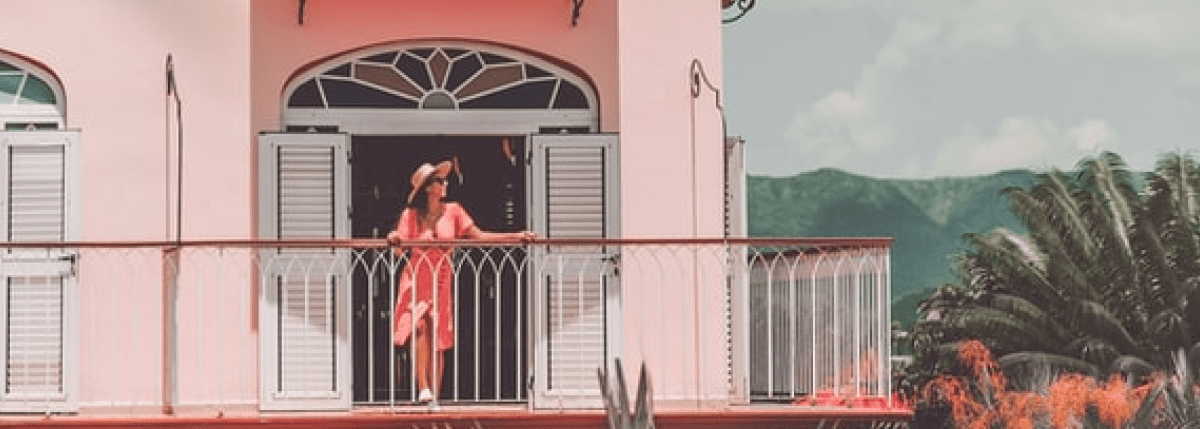
Information and history of Cuba
Things you didn’t learn at school
Cuba in a brief glance
Cuba is an island and also a state. When one speaks of Cuba, however, one usually means the main island. The northwest borders on the Gulf of Mexico, the rest of the north coast on the Atlantic Ocean, the eastern tip is close to Haiti and the Dominican Republic and the south coast opens to the Caribbean Sea.
The country boasts miles of beaches, turquoise blue lagoons. The geographic diversity, as well as variety of attractions, cultural and architectural history, and a combination of an educated population with very low crime rate propose Cuba as an internationally sought after and attractive destination.
The country boasts miles of beaches, turquoise blue lagoons. The geographic diversity, as well as variety of attractions, cultural and architectural history, and a combination of an educated population with very low crime rate propose Cuba as an internationally sought after and attractive destination.
11.4 M
Population
2.1 M
Capital Havana
473 K
Santiago de Cuba
304 K
Holguin
186 K
Pinar del Rio
Spanish
Language
Peso Cubano (CUP)
Currency
+53
Telephone area code

Experience meaningful and save travel in Cuba
To discover a new country is always something exciting and is able to enrich ones own vision of the world and it’s cultures. Experience the new and .. maybe unexpected. Whether it be a trip solo, with Friends and family or as a group, there are multiple ways to travel in Cuba.
Together we will find the right mix to make your trip an unforgettable memory.
We organize excursions and tours for just one person as well as for families, small groups of up to 12 participants or arrangements for a company incentive of 12 or more participants. If you prefer, make a choice of our selection of excursions and tours or explore Cuba on four wheels using a rental car, a limousine service or cruising in style in an American classic car of the 50s with driver.
Travel your way: individual and personal travel planning according to your wishes. Plan online - book conveniently! We have over 20 years of experience in planning trips. Together we will find the right mix to make your trip an unforgettable memory.
Save travel on an island as huge as Cuba, is one of our priorities on organized excursions, day trips and tours. Before the time of the corona pandemic this was an issue and we keep an eye on it towards the future.

Service and Quality
We are deliberately specialized in Cuban trips. We believe that only in this way it is possible to plan the best trips. We are regularly on site, know the conditions, are constantly looking for interesting services for our customers and strive to optimize the existing offers. Travel consulting has a particularly high priority for us. We know from our own experience how important competent advice from travel professionals is when preparing for a trip.
We strive to offer an authentic experience of Cuba and it’s people off the beaten tracks, getting to know locals and have meaningful conversations. Long lasting memories will be the reward of an intense and joyful experience.
